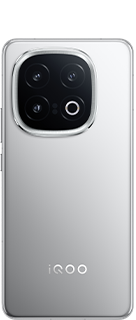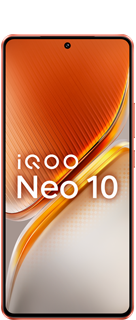Anime: Where imagination meets reality, creating worlds beyond our wildest dream
Anime, the distinctive style of animation originating in Japan, has a rich and varied history that dates back over a century. Here’s a concise overview of its development:

Early Beginnings (Early 20th Century)
The history of anime begins in the early 20th century. The earliest known anime films were produced in 1917, including works such as "Namakura Gatana" (The Dull Sword) and "Katsudō Shashin" (Moving Picture). These short films were heavily influenced by Western animation techniques. Throughout the 1920s and 1930s, anime's popularity grew with the contributions of artists like Jun'ichi Kōuchi and Seitaro Kitayama. The establishment of production companies like Toei Animation in 1948 marked a significant step in formalizing the industry.

Post-War Era (1945-1960s)
Following World War II, Japan experienced a cultural renaissance that included a boom in anime production. During the late 1940s and 1950s, Western animation, particularly Disney, had a significant influence on Japanese animators. Osamu Tezuka, often referred to as the "God of Manga," played a pivotal role in shaping modern anime. His work "Astro Boy" (1963) became one of the first anime television series, setting the stage for serialized storytelling in the medium. The 1960s saw the advent of television broadcasting, leading to the creation of more anime series like "Speed Racer" (1967) and "Kimba the White Lion" (1965).

Golden Age (1970s-1980s)
The 1970s marked a period of diversification for anime, with the emergence of various genres. The mecha (giant robot) genre became particularly prominent, with "Mobile Suit Gundam" (1979) introducing complex and mature themes. The 1980s are often referred to as the "Golden Age of Anime," with significant works such as "Akira" (1988), which demonstrated anime's potential for serious, adult storytelling. Additionally, "Dragon Ball" (1986) popularized the shonen (young boy) anime genre, contributing to anime's widespread appeal.

Global Expansion (1990s-2000s)
The 1990s saw anime gaining international popularity. Series like "Sailor Moon" (1992), "Neon Genesis Evangelion" (1995), and "Pokémon" (1997) became global phenomena, attracting large audiences outside Japan. Studio Ghibli's films, particularly those directed by Hayao Miyazaki, such as "Princess Mononoke" (1997) and "Spirited Away" (2001), received critical acclaim worldwide. In the 2000s, the rise of the internet facilitated anime's spread globally, with series like "Naruto" (2002), "Bleach" (2004), and "One Piece" (1999) gaining massive followings. The digital revolution also influenced production and distribution methods.

Contemporary Era (2010s-Present)
In the 2010s, streaming services like Crunchyroll and Netflix began licensing and producing anime, making it more accessible to global audiences. Notable series from this period include "Attack on Titan" (2013), "My Hero Academia" (2016), and "Demon Slayer: Kimetsu no Yaiba" (2019). The 2020s have seen continued growth in anime's popularity and influence, with significant investments from global streaming platforms and an increasing number of international collaborations. The COVID-19 pandemic led to a surge in anime viewership, solidifying its place in global popular culture.

Please sign in
Login and share






















